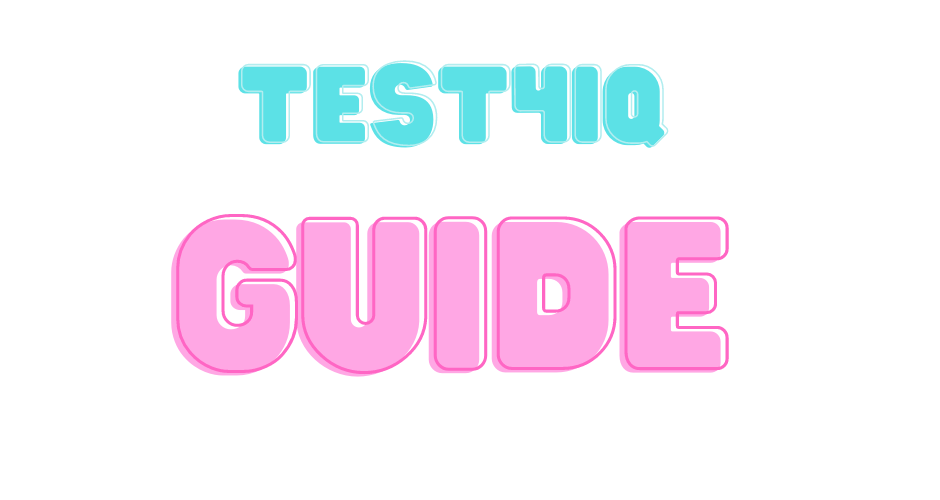The World Cup in Qatar takes video technology one step further.
FIFA is using an entirely new semi-automated intelligence for the Winter Tournament.
“We are absolutely confident that we will have a very valuable support tool to help referees make the best decision on the pitch in Qatar,” said Pierluigi Collina, FIFA’s head of the jury.
The plan is that semi-automated technology will help the referee be faster in making decisions about offside anomalies.
This technology is the culmination of three years of research dedicated to bringing the best to the teams, players and fans who will go to Qatar Later this year, FIFA President Gianni Infantino said in a press release.
For the technology to work, a chip will be inserted into all match balls. In addition to the chip in the match balls, the system will consist of 12 advanced tracking cameras that will be installed under the ceiling in each arena. The cameras will track the ball and all players 50 times per second to calculate their exact position on the field.
The chip in the ball will send data to the VAR chamber up to 500 times per second, which should give a very accurate location when the ball is hit.
‘A very positive effect’
Before the referee on the court is informed about the offside, the VAR referee will manually check the system’s calculations.
The system was successfully tested during last year’s World Cup for club teams, and according to FIFA’s calculations, the technology has reduced the average time for a critical offside to occur from 70 seconds today to between 20 and 25 seconds.
VAR has already had a very positive impact on football and we can see that the number of big mistakes has already been reduced dramatically. This semi-automated stealth technology can take us a step further. We understand that it sometimes takes a long time to verify an intrusion. This is where semi-automatic stealth technology comes in — to deliver faster and more accurate decisions, says Pierluigi Collina.
The technology will also be able to give the audience and TV viewers 3D images of the decision immediately after the decision is made.
